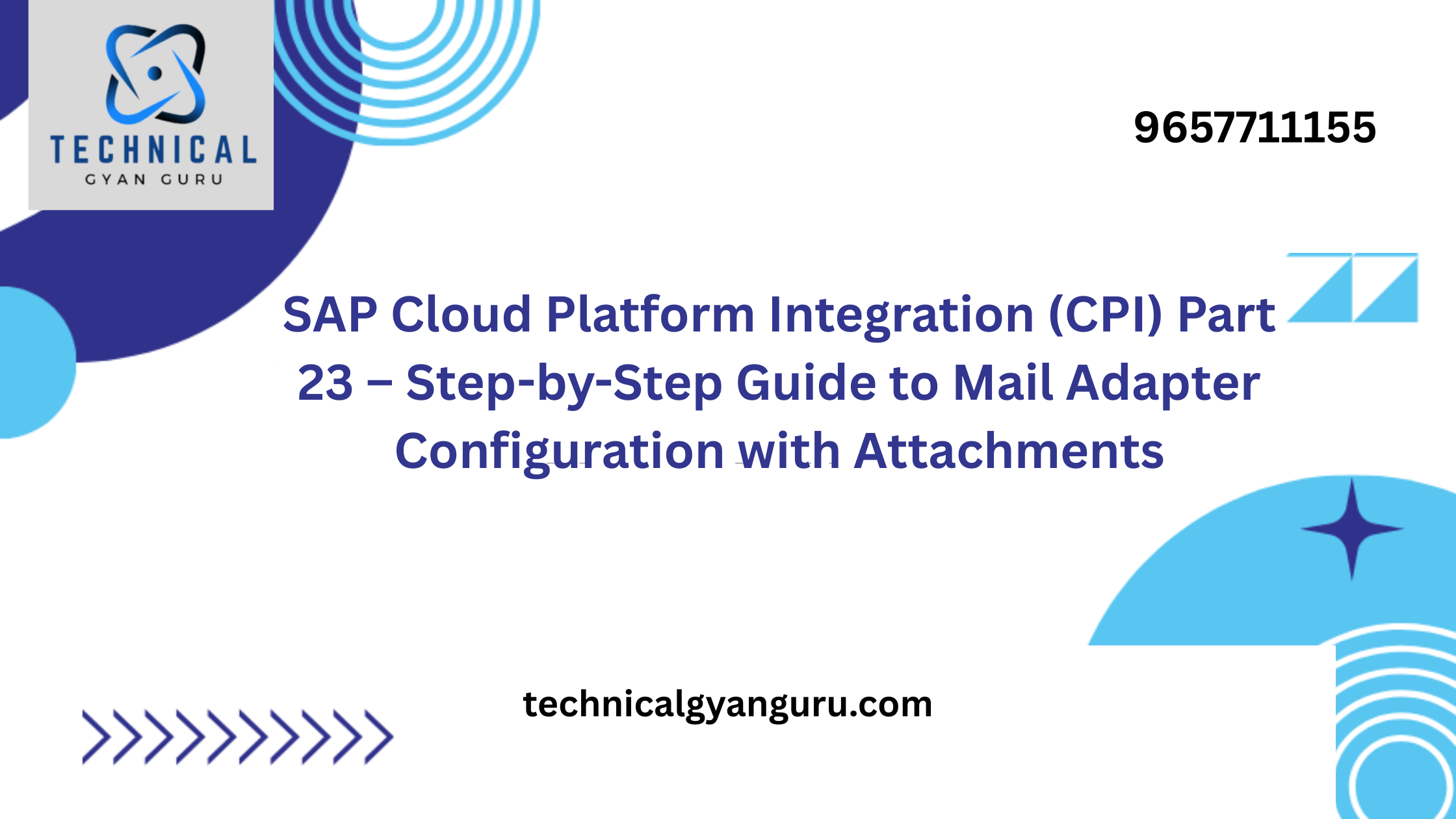
Introduction: Efficient data management is a cornerstone of modern business operations, and SAP HANA offers a robust set of features to optimize data handling. One such feature is the Sequence, a powerful tool for generating unique sequential values within a database. In this tutorial, we will explore the world of SAP HANA Sequences, understanding their purpose, usage, and real-world applications in data management.
Understanding SAP HANA Sequences
A Sequence in SAP HANA is a database object that generates unique, sequential numeric values. It provides an automated and efficient way to manage primary key values, transaction identifiers, and other scenarios where unique sequential numbers are required.
Advantages of Using SAP HANA Sequences
- Efficiency: Sequences are designed for efficient number generation, making them ideal for high-volume scenarios where performance matters.
- Concurrency: Sequences ensure concurrent access to unique values, preventing data collision and maintaining data integrity.
- Simplicity: Implementing a Sequence in SAP HANA is straightforward and doesn’t require complex code.
- Scalability: Sequences are well-suited for applications that require scalability due to their optimized design for generating sequential numbers.
Creating a Sequence in SAP HANA
To create a Sequence in SAP HANA, you can use SQL statements within your SQL console or a database development tool.
Example: Creating a Sequence
sqlCopy code
CREATE SEQUENCE "MySequence"
START WITH 1
INCREMENT BY 1
NO MAXVALUE
NO CYCLE;
In this example, a Sequence named “MySequence” is created with a starting value of 1. It increments by 1 with no maximum value or cycling.
Using a Sequence in Real-world Scenarios
- Generating Primary Keys: When inserting new records into a table, you can use a Sequence to generate unique primary key values.
- Order Number Generation: E-commerce platforms often use Sequences to generate order numbers for tracking orders and ensuring they are unique.
- Invoice Numbering: Invoicing systems utilize Sequences to assign unique invoice numbers to each transaction.
- Customer IDs: Sequences can be used to generate unique customer IDs, allowing for organized and efficient customer data management.
Implementing Sequence Usage
-- Inserting records with generated primary keys
INSERT INTO "Customers" ("CustomerID", "Name")
VALUES (NEXT VALUE FOR "MySequence", 'John Doe');
-- Generating order numbers
INSERT INTO "Orders" ("OrderNumber", "CustomerID", "TotalAmount")
VALUES (NEXT VALUE FOR "OrderSequence", 123, 500.00);
In the above examples, the NEXT VALUE FOR statement retrieves the next value from the specified Sequence and uses it in the respective INSERT statements.
Conclusion
SAP HANA Sequences offer a streamlined solution for generating unique sequential values, crucial for various data management scenarios. By incorporating Sequences into your database design, you can ensure data integrity, optimize performance, and simplify the management of unique identifiers. As you delve into the realm of SAP HANA Sequences, you’ll find a versatile tool that contributes to efficient and reliable data handling in your organization’s operations.







